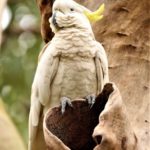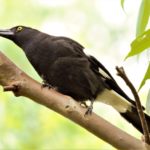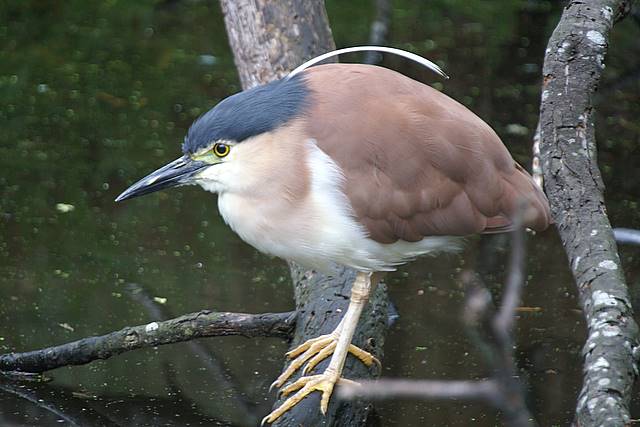Birds
OVERVIEW
Systematic records for bird life in the Valley date back to the 1940s, and some ornithological studies in the Valley, associated with the Australian Museum, date back even longer, to the 1890s. In recent years, around 100 species of birds are sighted annually.
The bushland and parkland of the Regional Park and wider Valley provide an important resource for resident and migratory birds alike. The Valley provides a major west-east corridor for migrant bird species moving between the high country west of Sydney and the coast, and it’s also a significant stepping-stone across Sydney’s urban south for those species moving north-south. Food, shelter, nesting and resting sites, and ‘passageways’ are essential requirements for birds to survive and thrive. The Valley’s various habitats meet these needs for a wide range of bird species. The real importance of the Valley in this way, and particularly in the context of an increasingly urbanised Sydney landscape is shown most graphically in this map.
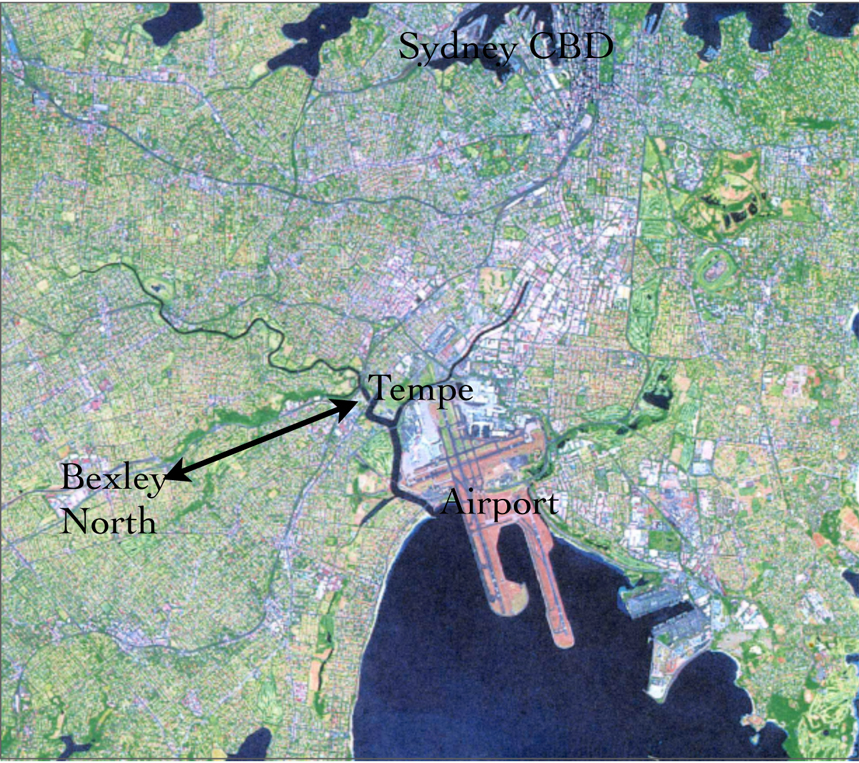
Over time there have been changes – both losses and gains – in the variety of bird species recorded. This is a reflection of environmental changes that have occurred in the Valley and broader landscape. For comparisons over time, we need to remember that what is seen and how often is influenced by the duration and regularity of observations or surveys, and whether observations are noted and reported.
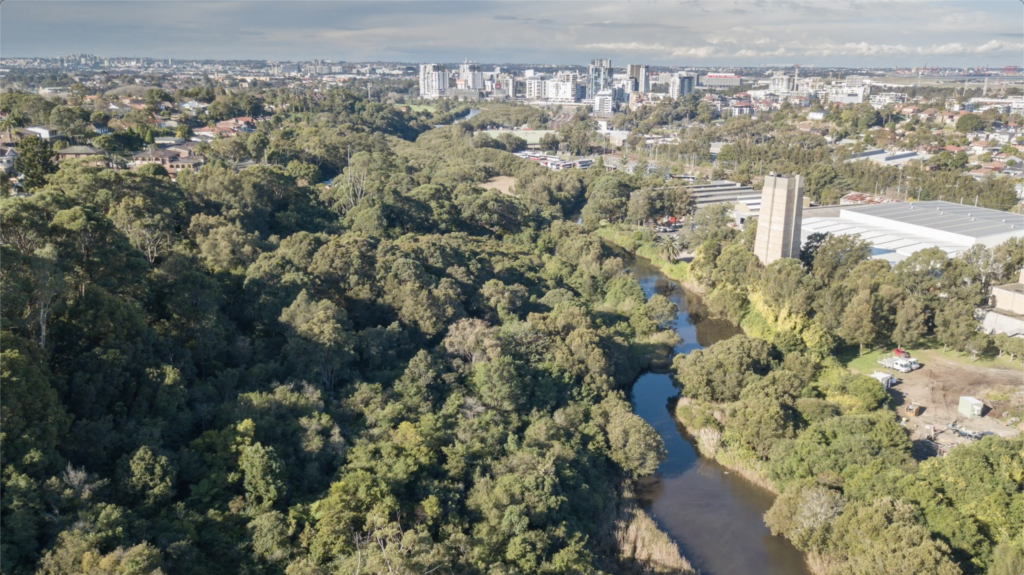
The late Neil Rankin was an important figure in bird observation in the Valley, and his records are an important historical reference when noting and examining the presence and absence of species over time. Neil began regular surveys of areas of the Wolli Creek and Bardwell Valleys from the early 1980s on, and drew on the sighting records of Arnold McGill from the 1940s, to report the presence of species before Neil’s own records began.
The book ‘Neil Rankin’s Birds of Wolli Valley‘ (2006) encapsulates Neil’s, and earlier records. More recently WCPS volunteer bird survey teams covering various areas of the Valley continue this long-term observational activity via monthly surveys. Survey teams’ information is uploaded to Birdlife Australia’s Birdata. We also welcome incidental, unusual sightings from visitors, especially with a photograph: email Wolli Birdos.
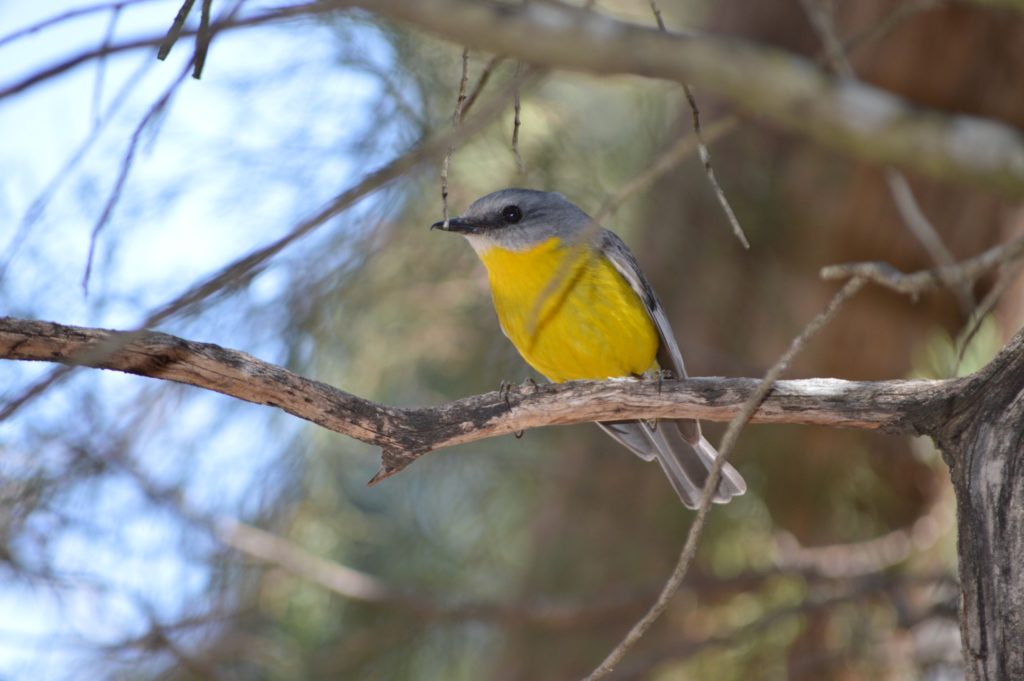
WHAT BIRDS MAY BE SEEN
Commonly seen birds include the smaller Superb Fairy Wren, Silvereye, New Holland Honeyeater, Noisy Miner, Red Browed Finch, Willy Wagtail, and the larger Rainbow Lorikeet, Red Wattle bird, Currawong, Laughing Kookaburra and Sulphur Crested Cockatoo.
Tiny Spotted Pardalotes are more likely to be heard than seen.
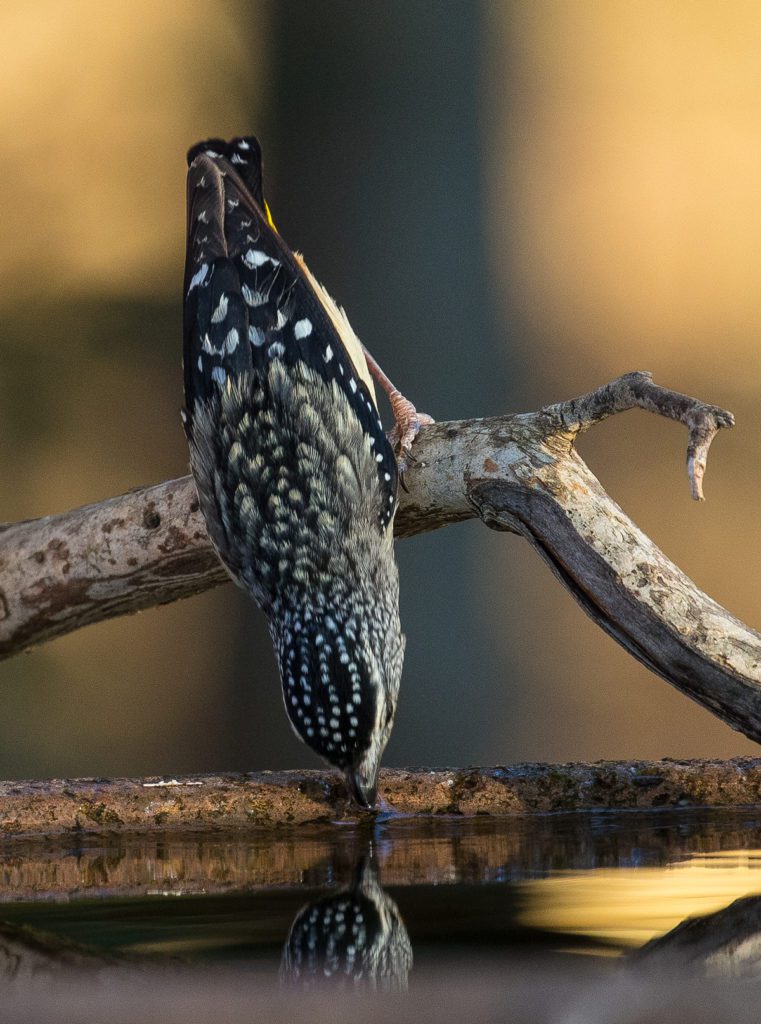
Other birds seen more seasonally, or less frequently include the Grey Butcherbird, Eastern Rosella, Variegated Wren, Eastern Yellow Robin, Grey and Rufous Fantails, Eastern Spinebill, Golden Whistler, Australian Reed Warbler, Yellow-tailed Black Cockatoo, King Parrot, Black-faced Cuckoo Shrike, Spangled Drongo, and Brown Goshawk.
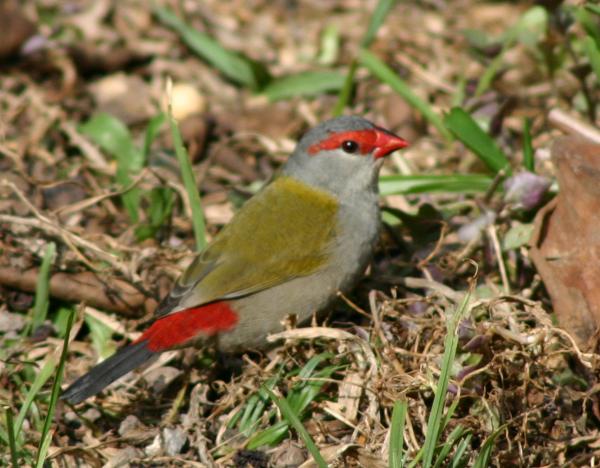
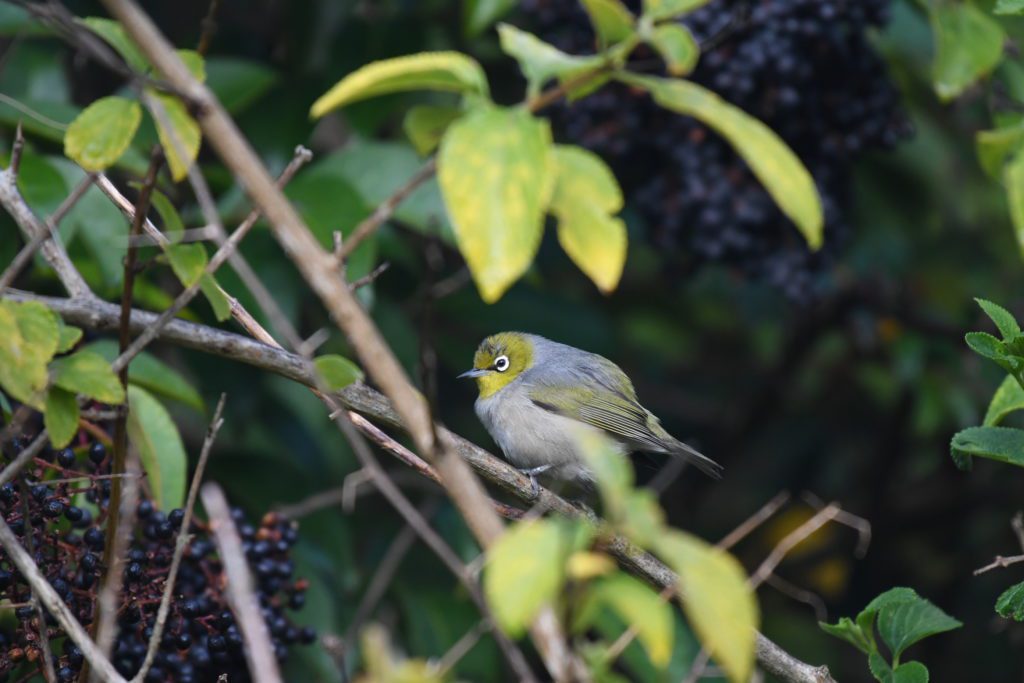
Owl and other nocturnal species sometimes present are quite cryptic when roosting during the day. These include the Southern Bookbook Owl and Tawny Frogmouth. A Powerful Owl made a rare appearance in 2008.
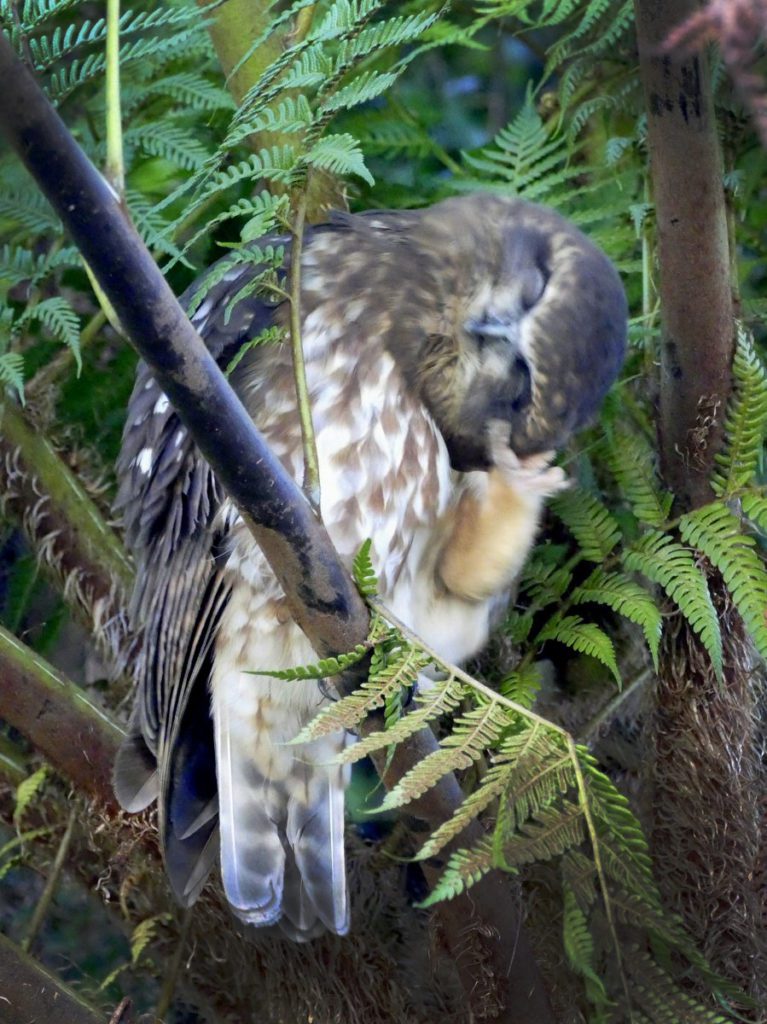
A similarly rare, and unusual appearance was that of a Purple-crowned (Superb) Fruit Dove in 2007 and Topknot Pigeons in 2011.
Water birds may often be seen on, and by the creek itself, with areas at Turrella Reserve such as at the footbridge and weir/fish-way providing good opportunities for sightings. Birds fairly regularly seen include the White-faced Heron, Australian Ibis, Dusky Moorhen, Eurasian Coot, Pacific Black and Chestnut Teal Ducks. Great Egrets and Nankeen Night Herons are less frequent visitors. Cormorants are often seen just below the footbridge in the tidal section of Wolli Creek.
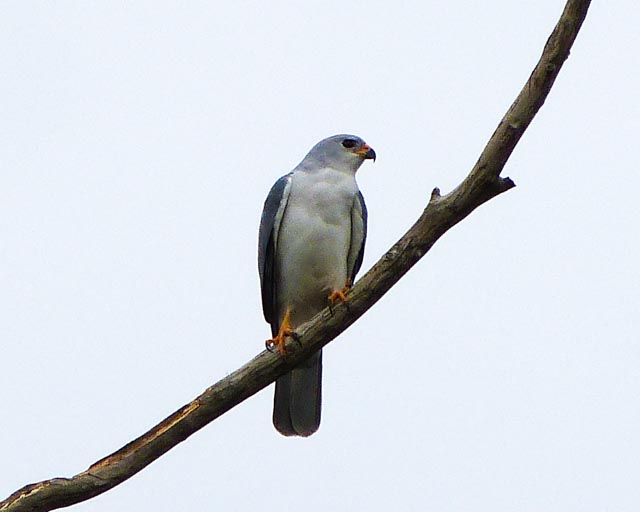
MORE INFORMATION
Birds in the Wolli Creek Valley:
- Wolli Birds (Flickr)
- Tales of encounters with unusual birds: Quails & Nankeen Night Heron
- Introducing the Birds of Wolli Creek
- Birds of Western Wolli Creek
- See this stunning Wolli Creek Regional Park Slide Show · David Noble which features many photographs of birds, taken in the Wolli Creek Regional Park
More general birding websites:
- Birdlife Australia and Birdata
- Birds in Backyards
- Birding NSW
- Cumberland Bird Observers’ Club
- Australian Museum – Bird Fact Sheets

